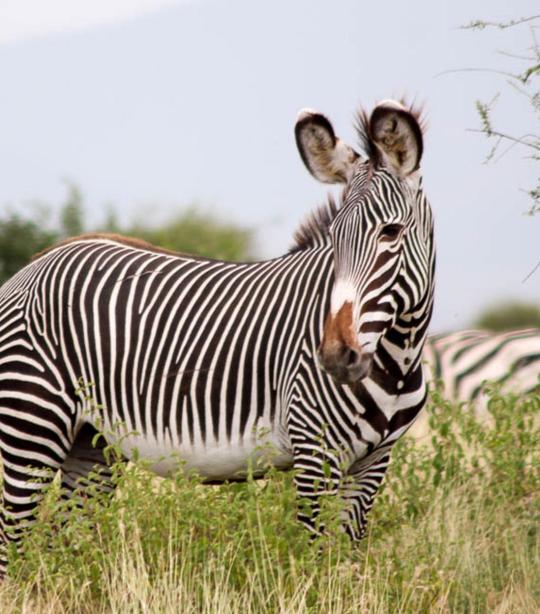Booklet: The Color of Animals (France 2024)
The Color of Animals (France 2024)
12 February (France ) within release The Color of Animals (2024) goes into circulation Booklet The Color of Animals face value 12*Lettre No Face Value
| Booklet The Color of Animals in catalogues | |
|---|---|
| Colnect codes: | Col: FR 2024.02.12-01 |
Booklet is horizontal format.
Face value € 1.29 per stamp on day of issusAlso in the issue The Color of Animals (2024):
- Stamp - Feathers of Clothed Macaw (Ara chloropterus) face value Lettre;
- Stamp - Feathers of European Greenfinch (Chloris chloris) face value Lettre;
- Stamp - Feathers of Greater Flamingo (Phoenicopterus roseus) face value Lettre;
- Stamp - Skin of African Bush Elephant (Loxodonta africana) face value Lettre;
- Stamp - Skin of Bongo (Tragelaphus eurycerus) face value Lettre;
- Stamp - Skin of Corn Snake (Phantherophis guttatus) face value Lettre;
- Stamp - Skin of Giraffe (Giraffa camelopardalis) face value Lettre;
- Stamp - Skin of Jackson's Chameleon (Trioceros jacksonii) face value Lettre;
- Stamp - Skin of Leopard (Panthera pardus) face value Lettre;
- Stamp - Skin of Parrotfish (Scaridae) face value Lettre;
- Stamp - Skin of Salers Cattle face value Lettre;
- Stamp - Skin of Zebra (Equus quagga) face value Lettre;
- Booklet - The Color of Animals face value 12*Lettre;
Booklet The Color of Animals it reflects the thematic directions:
Animals are multicellular, eukaryotic organisms of the kingdom Animalia (also called Metazoa). All animals are motile, meaning they can move spontaneously and independently, at some point in their lives. Their body plan eventually becomes fixed as they develop, although some undergo a process of metamorphosis later on in their lives. All animals are heterotrophs: they must ingest other organisms or their products for sustenance.
Birds (Aves), a subgroup of Reptiles, are the last living examples of Dinosaurs. They are a group of endothermic vertebrates, characterised by feathers, toothless beaked jaws, the laying of hard-shelled eggs, a high metabolic rate, a four-chambered heart, and a strong yet lightweight skeleton. Birds live worldwide and range in size from the 5 cm (2 in) bee hummingbird to the 2.75 m (9 ft) ostrich. They rank as the class of tetrapods with the most living species, at approximately ten thousand, with more than half of these being passerines, sometimes known as perching birds. Birds are the closest living relatives of crocodilians.
Elephants are the largest living land animals. Three living species are currently recognised: the African bush elephant (Loxodonta africana), the African forest elephant (L. cyclotis), and the Asian elephant (Elephas maximus). They are the only surviving members of the family Elephantidae and the order Proboscidea; extinct relatives include mammoths and mastodons.
Zebras (US: /ˈziːbrəz/, UK: /ˈzɛbrəz, ˈziː-/) (subgenus Hippotigris) are African equines with distinctive black-and-white striped coats. There are three living species: Grévy's zebra (Equus grevyi), the plains zebra (E. quagga), and the mountain zebra (E. zebra). Zebras share the genus Equus with horses and asses, the three groups being the only living members of the family Equidae. Zebra stripes come in different patterns, unique to each individual. Several theories have been proposed for the function of these patterns, with most evidence supporting them as a deterrent for biting flies. Zebras inhabit eastern and southern Africa and can be found in a variety of habitats such as savannahs, grasslands, woodlands, shrublands, and mountainous areas




